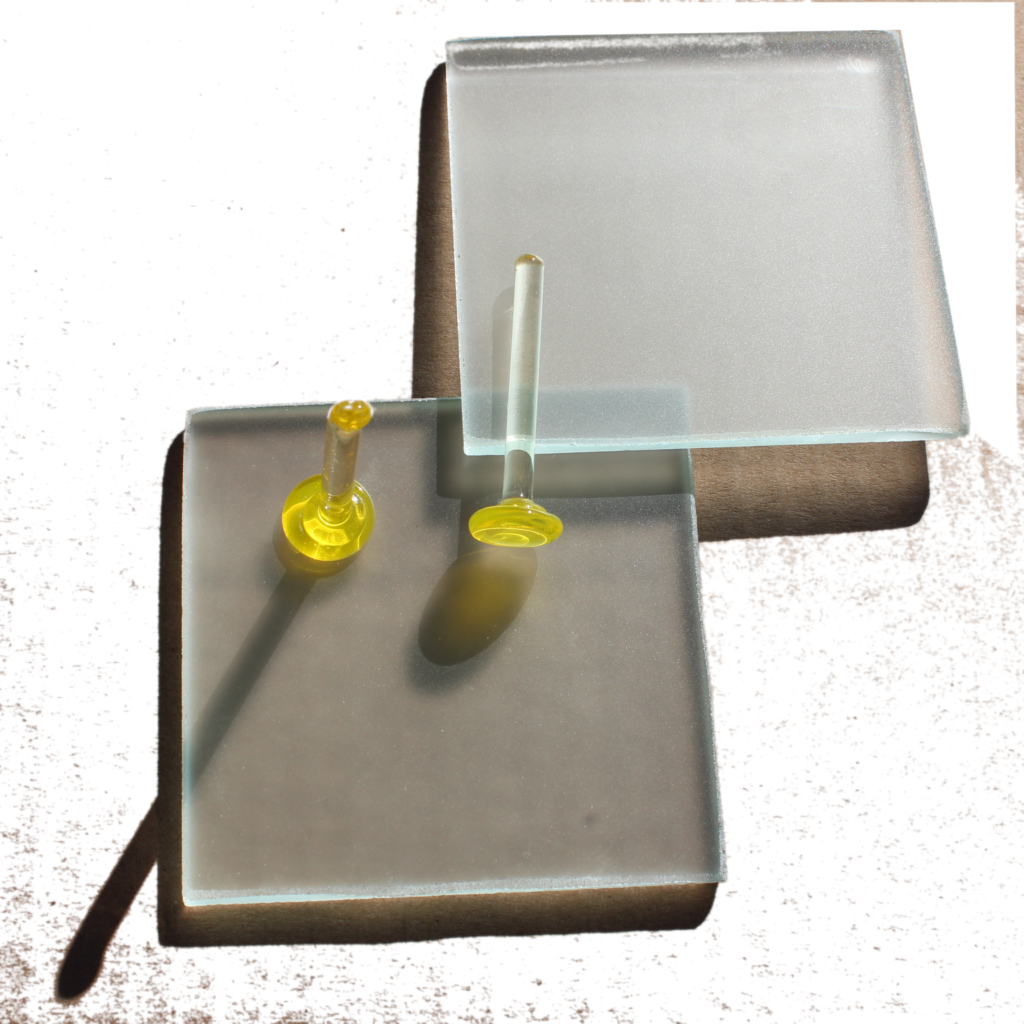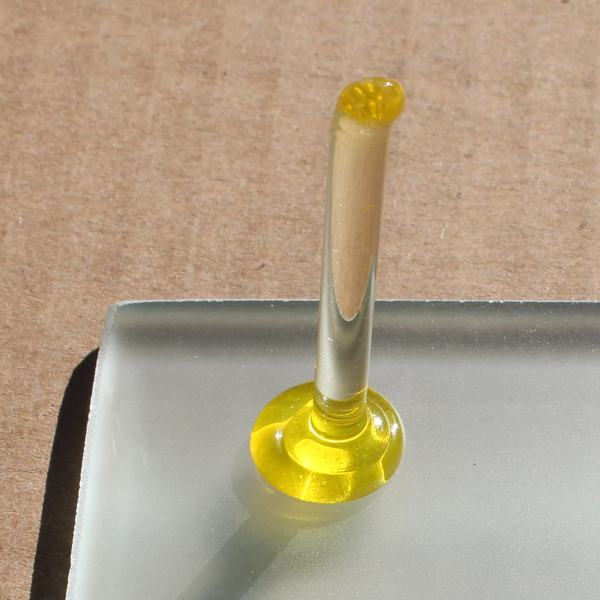If you recently tried to order one of our unique glass mini-muller and grinding plate sets but found them out of stock, rejoice! We have some more, and are happy to offer them on line for you. The ground glass surface of the 4″x4″ plates and the approximately 1 cm2 working surface of the mini-mullers are perfect for working with small amounts of pigments, in, for example, manuscript illumination. See Anna’s making egg tempera demonstration on our YouTube channel for a demonstration of this set in use.
Tag: egg tempera
Three-In-One Paint Demonstration
Linda takes to the studio to demonstrate making three different paints – watercolor, gouache, and egg tempera – from one pigment. Our Alizarin Crimson, a synthesis of the natural pigment from the madder plant, is used to make three different kinds of paints. More demonstration videos coming soon!
Ancient Earth Pigments on Streamline Live!
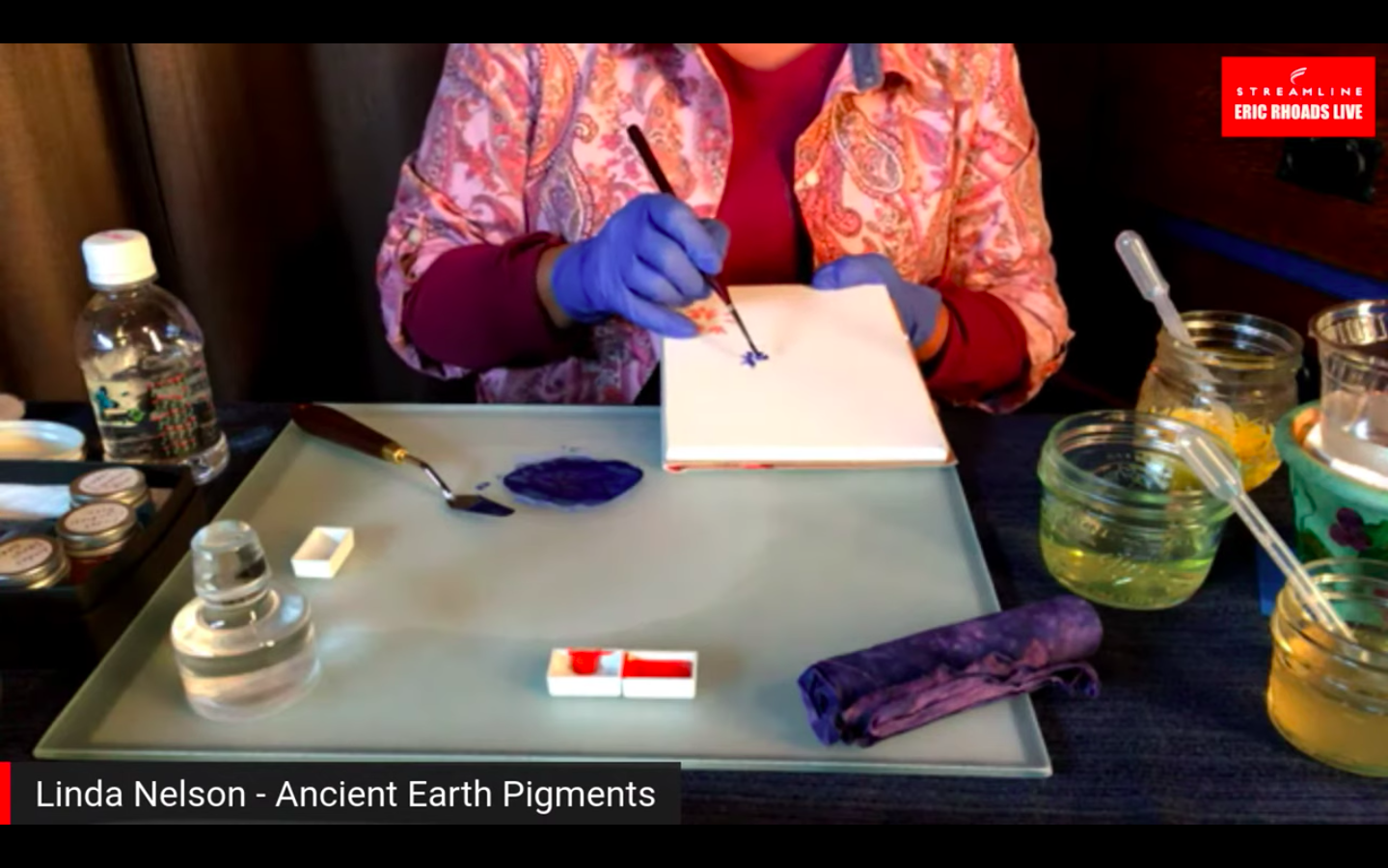
Today Linda was interviewed live by Eric Rhoads of Streamline Publishing, and did a quick demonstration of making watercolor, gouache, and egg tempera paints for an international online audience! Check out the replay of the live stream below.
Ancient Earth Pigments will be a sponsor of the Watercolor Live on-line conference, January 27-30. Sign up at a discounted rate before January 10th. VIP attendees will receive a gift bag of AEP products (while supplies last)!
Also check out our previous videos on Making Davy’s Grey (mixing pigment powders to match a target), and Making Egg Tempera!
Making Egg Tempera
Egg Tempera is an ancient painting medium using egg yolk or a whole egg. It was famously used in Europe for illuminated manuscripts, and was the most common painting medium until it was surpassed by oil paint during the Renaissance. Once dried, egg yolk tempera hardens permanently and can last for centuries.
Here’s a basic recipe to make it yourself!
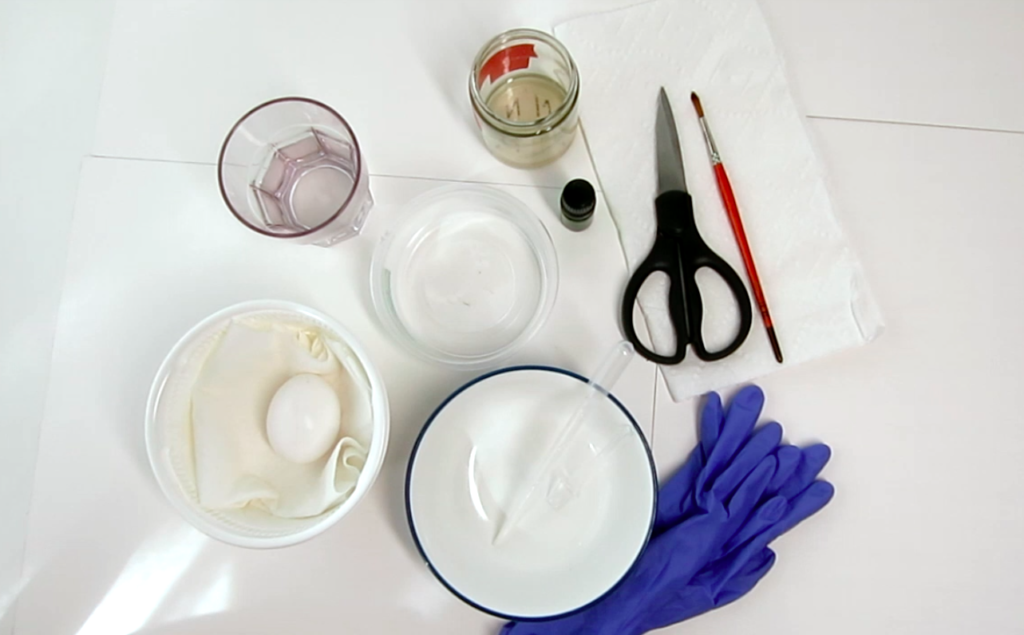
Ingredients:
- One egg
- 1:1 Gum Arabic Solution
- Water
- Clove oil or vinegar (optional)
Tools:
- Bowls
- Pipette or measuring spoons
- Paper Towels
- Scissors or sharp knife
- Whisk or mixing stick
- Tiny spoons or spatula
- Glass grinding plate
- Muller
Preparing Egg Tempera Binder:
Separate:
Use as fresh an egg as possible. Break eggshell carefully, letting egg white drip into a bowl. Move the yolk gently between shell halves; don’t break the yolk.
Roll:
Carefully roll the yolk onto a paper towel. Roll it back and forth to remove all the egg white.
Drain:
Rolling the yolk to the edge of the towel, place another bowl under it. Pierce it with the knife and let it drain into the bowl. Keep the yolk sac out, and throw it away.
Water:
Use pipette to add enough water for a 1:1 mixture and whisk.
Gum Arabic:
Add 1:1 Gum Arabic solution to the yolk mixture and whisk.
*Clove oil
Add a drop of clove oil or vinegar to avoid ‘eggy’ odor and prevent mold. (this is optional)
Pigment Mixing:
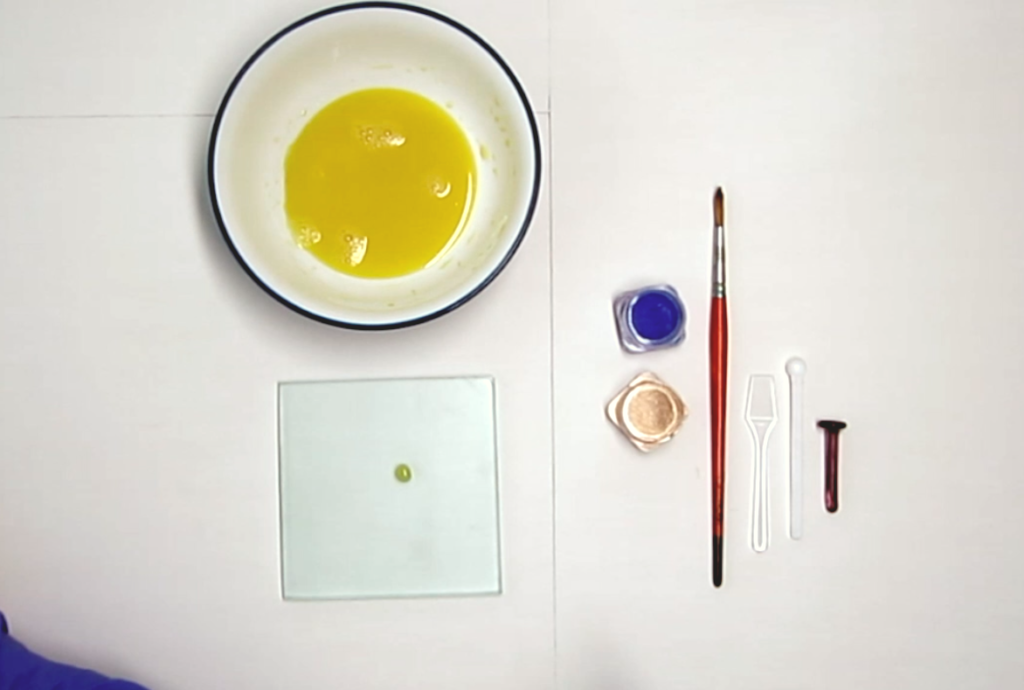
Using the frosted side of a glass plate, add 1-2 drops of your egg mixture with a pipette.
Add a tiny amount of dry pigment and grind lightly with the muller.
Test your tempera– if it dries dull, add more yolk. If it’s too thin or too glossy, add more pigment.
Notes:
Without added pigment, the yolk mixture lasts 3-4 days.
Mixed with pigment, it lasts until dried, about 2-3 days.
Make sure to wash your brushes quickly after using. Egg yolk gets very hard! (Remember that egg tempera paintings last many centuries…) Olive oil soap is recommended.
Recipe by Bjo Trimble. Video by Anna Nelson.

